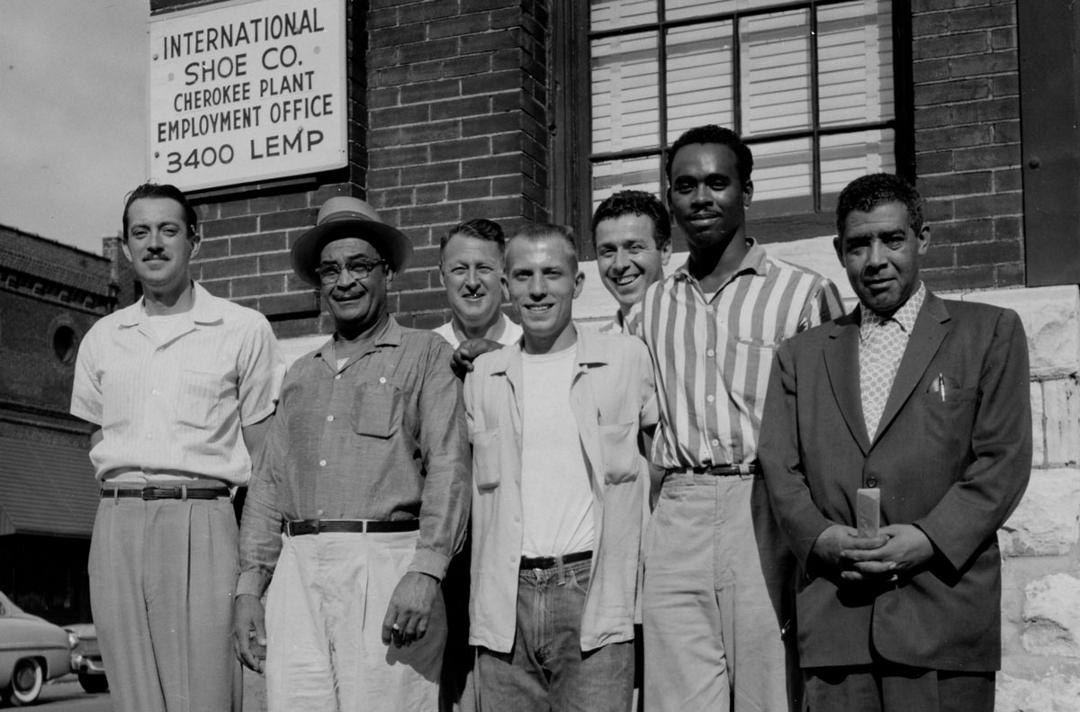On August 6, 1957, St Louis mayor Raymond R. Tucker, the quintessential technocrat, sourly watched the votes get tallied. His initiative, backed by the city’s business elite, to amend the city charter in order to blunt the power of local aldermen and unions went down in defeat. An unlikely coalition of forces including the NAACP, the Teamsters, black ward leaders, and small business interests voted down the measure by a three-to-two margin.
The victory encapsulated a period when the city’s civil rights and labor movement elements were confident and ascendant in their power. The St Louis NAACP had doubled its membership in less than a year and boasted a thriving trade union division. Teamsters Local 688, representing ten thousand mostly warehouse distribution workers, developed an innovative “community stewards” program that mobilized members around local political fights and racial justice issues.
Instrumental in all of this was Ernest Calloway, research director for Teamsters Local 688 and president of the St Louis NAACP. From his early life in the Kentucky coal fields as a United Mine Workers of America (UMWA) supporter to his golden years as a stimulating lecturer at St Louis University, Calloway offered a compelling theory and practice for exercising working-class power with a sophisticated political analysis that is all too rare in our time.
Ernest Calloway is not a household name. Robert Bussell’s Fighting for Total Person Unionism and Clarence Lang’s Grassroots at the Gateway provide some of the only scholarly glimpses into this fascinating figure.
His life and political career perfectly embodied the rise and fall of the civil rights–labor–New Deal coalition that reshaped US politics in the twentieth century — a…
La suite est à lire sur: jacobin.com
Auteur: Paul Prescod

